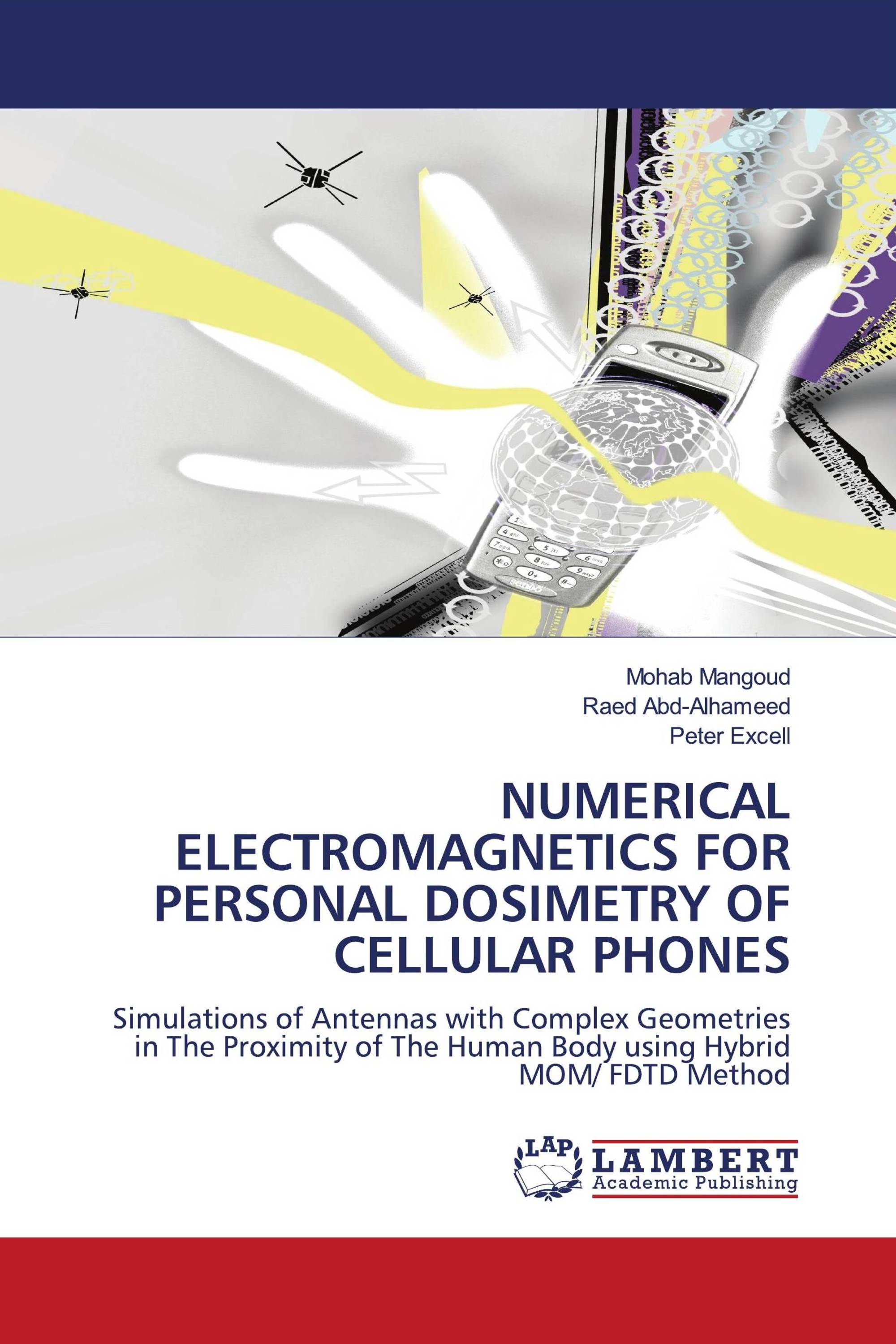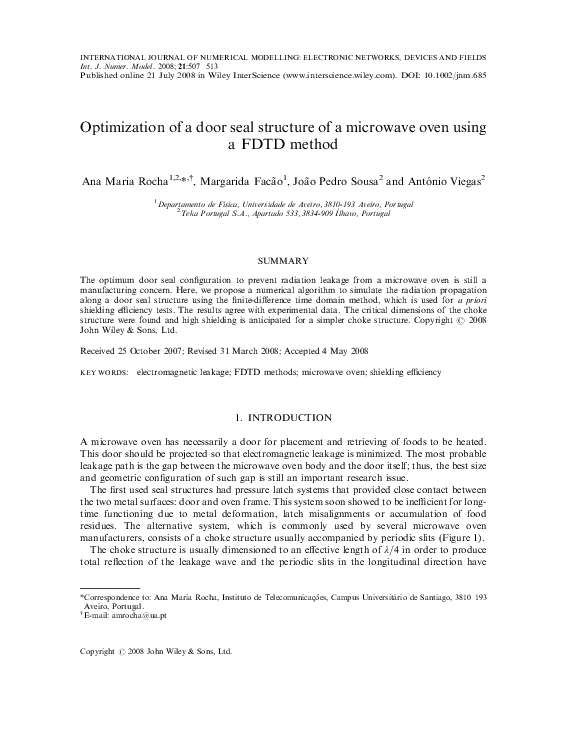

The finite-difference time-domain (FDTD) which is a simple, explicit and computationally robust method for full-wave EM simulations has been also known as a powerful tool for simulation of EM wave in dispersive nonlinear media and has been applied to numerous applications. IntroductionĮlectromagnetic (EM) wave interaction with media having frequency-dependent and intensity-dependent polarizations, namely dispersive nonlinear media, has gained strong interest in the fields of optics and photonics due to their applications in optical switches, four-wave mixing (FWM), amplifiers, frequency converters, modulators, amongst other applications. © 2019 Optical Society of America under the terms of the OSA Open Access Publishing Agreement 1. Numerical examples are presented to demonstrate the validity, stability, accuracy and computational efficiency of the proposed method. Thus, in comparison to the classical nonlinear FDTD method, the computational time for the proposed approach is decreased significantly while maintaining a reasonable level of accuracy. By applying a new adopted alternating-direction implicit (ADI) time-splitting scheme and the auxiliary differential equation (ADE) technique, the time-step in the FDTD simulations can be increased much beyond the Courant-Friedrichs-Lewy (CFL) stability limit.


Keep it simple - don't use too many different parameters.


 0 kommentar(er)
0 kommentar(er)
